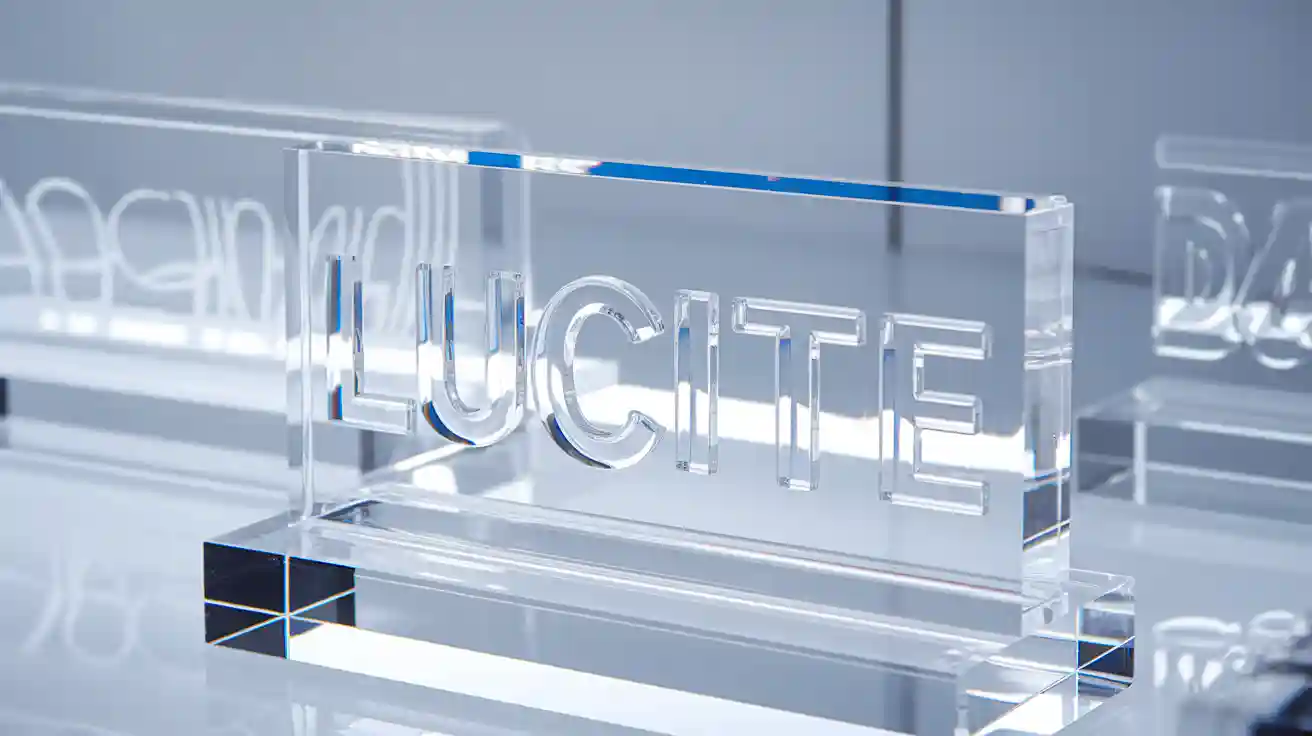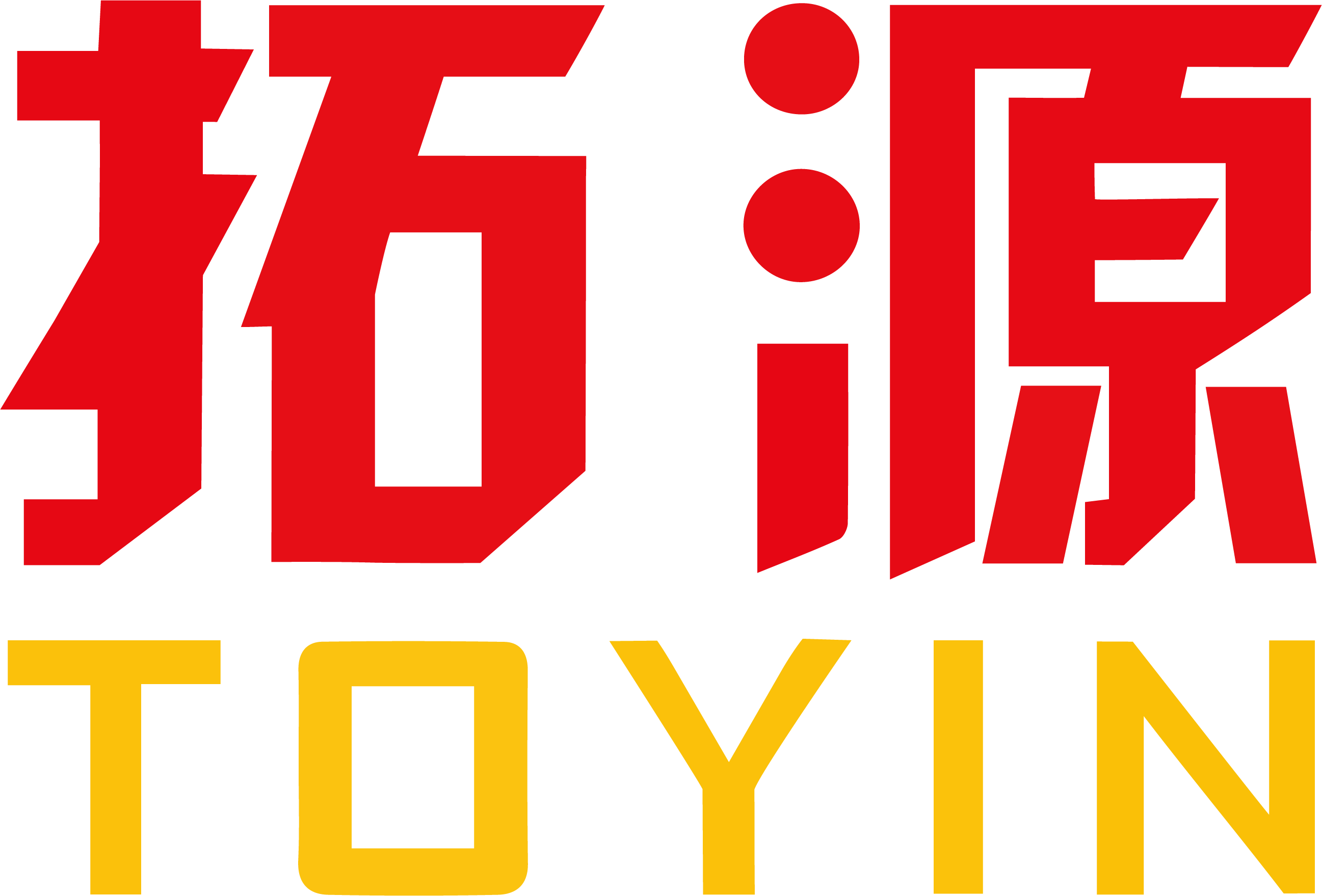One-Sentence Definition
Edge bonding is the process of joining the edges of acrylic sheets using solvent-based adhesives, creating a seamless, strong, and optically clear connection through chemical fusion.
Detailed Explanation
In the context of acrylic manufacturing, edge bonding refers to a specialized joining technique where the edges of two or more acrylic panels are fused together using a solvent adhesive—most commonly products like Weld-On 4. Unlike traditional gluing, which relies on surface adhesion, edge bonding chemically welds the acrylic at the joint. The solvent softens the acrylic surfaces, allowing their polymer chains to interlock as the adhesive evaporates, resulting in a bond that is nearly as strong and transparent as the original material. This method is essential for applications demanding high clarity, structural integrity, and a flawless finish.

Key Components of Edge Bonding
Edge Preparation: The bonding edges must be flat, smooth, and clean. Any roughness or debris can compromise the bond’s strength and clarity (T&T Plastic Land).
Adhesive Selection: Solvent-based adhesives (e.g., Weld-On 4), UV-curing adhesives, and, for some applications, two-part epoxies or optically clear tapes. Solvent adhesives are preferred for clear, seamless joints (A&C Plastics).
Application Technique: Adhesive is applied with a needle-tip applicator along the joint, using capillary action to draw the solvent into the seam. Clamps or tape hold the pieces in place during curing.
Curing: Initial set occurs within minutes, but full strength and clarity develop over 24–48 hours. Proper curing is critical to avoid bubbles and ensure a strong, invisible joint.
Environmental Control: Work in a clean, ventilated area at moderate temperature and humidity to prevent defects.
Real-World Applications
Edge bonding is fundamental in producing high-end acrylic products such as display cases, retail fixtures, storage boxes, furniture, aquariums, and protective covers. For example, Toyin Acrylic Products Co., Ltd. (TOYIN) utilizes advanced edge bonding techniques to manufacture custom display stands and organizers. Their process ensures joints are crystal-clear, bubble-free, and structurally robust—enhancing both the visual appeal and durability of the final product. This level of craftsmanship is especially valued in luxury retail, museum displays, and bespoke home or office solutions.
Related Concepts
Bonding: A general term for joining materials, but in acrylics, edge bonding specifically refers to chemical welding at the edges.
Thermoforming: Shaping acrylic sheets using heat, often combined with edge bonding for complex assemblies.
Laser Cutting: Provides precise, smooth edges ideal for high-quality edge bonding.
Acrylic Adhesive: Encompasses various adhesives, but solvent-based types are preferred for edge bonding due to their clarity and strength.
Why Edge Bonding Matters
Compared to surface gluing or mechanical fastening, edge bonding offers unmatched optical clarity and seamlessness. However, it requires skillful edge preparation, precise adhesive application, and careful environmental control to avoid bubbles or visible seams. When executed correctly, edge bonding elevates the quality and aesthetics of acrylic products, making it the gold standard for premium applications.
Looking for custom, high-quality acrylic products with flawless edge bonding? Explore TOYIN’s solutions and request a quote.

